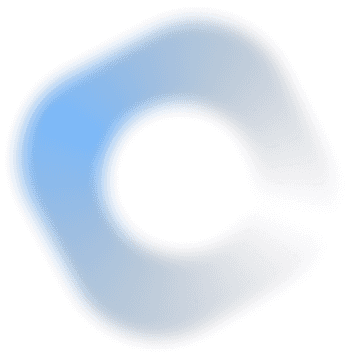As 2022 is about to end, and 2023 will soon be upon us, more and more companies and their marketing teams will be contemplating the idea of adding customer data platforms into their tech stack. However, this will surely bring confusion as to what task these customer data platforms can take over in contrast to existing account-based marketing platforms and marketing automation platforms. There will surely bring significant disruption to how companies operate. So, let’s determine the requirements for B2B and B2C customer data platforms or CDP to achieve sustainable disruption.
But first of all, you need to replenish your memory of customer data platforms to understand how it helps B2B and B2C organizations.
What is a Customer Data Platform?
A CDP is software that collects data from several different systems and organizes them into a customer-specific profile that can help marketers launch effective campaigns and more. It collects data from every touchpoint and every interaction a customer has with your company and makes a 360-degree view of the customer. The entire process becomes more accessible and efficient since now you don’t need complex methods and the help of data engineers and business analysts needing to extract data from data lakes and warehouses, which used to be the traditional method.
They collect data in real-time and organize it into different kinds of profiles, such as individual and centralized profiles. The data is not only limited to marketers but can also be accessed by other systems that may benefit from the underlying data, such as other software and end-users. One of the important parts of profile structuring is that it requires customer segmentation. Adequately collated and segmented data can significantly increase customer lifetime value and customer satisfaction index. It comes in very handy in onboarding customers and understanding their behavior.
Simply put, customer data platforms make life easier for businesses by giving them the needed data without getting them entangled in the maze of useless data from multiple touchpoints, meaning you get a unique, unified 360-degree view of what you need.
CDP For B2C vs. B2B Organizations
The difference between the customer data platforms for b2b and b2c is not much significant. Both create a unified 360-degree view of the customer data and are greatly useful for marketers and other systems. However, there are some important micro-level differences that cannot be overlooked while considering CDP for your businesses.
B2B companies are using CDPs more than B2C organizations, and the reason for that is because b2b companies usually have longer and more complex sales cycles as compared to b2c companies. As b2b businesses are relationship driven, they require a comprehensive view of their customers and their entire journey. On top of that, b2b companies also deal with large-sized databases, several times more than b2c companies. Simply put, the scope of use is usually less in b2c organizations.
CDP lies at the core of account-based marketing strategy in the case of b2b companies. You can gain valuable insights into the data of prospective customers. In contrast, B2C utilizes customer data platforms to get insights linked to existing customers.
Business Intelligence solutions are mostly used to take loads off of the IT teams and generate important leads that might be helpful in automating critical but time-consuming processes. On the other hand, managers from b2c companies use customer data platforms to collect, visualize, and generate leads from customer data. The intention behind it is to enhance customer experience.
How CDP Works for Both B2B & B2C
In B2B marketing, you need to be aware of who your best customers are, and you must understand your sales whitespace opportunity. Originally customer data platforms were designed to cater to the needs of B2C marketers and not for B2B marketers. It wasn’t versatile enough to cater to the unique needs of B2B marketers.
On top of that, you should be able to activate both sales and marketing processes seamlessly to personalize the end-to-end user experience. In addition, you need to leverage AI predictive and categorization capabilities and get insights to facilitate customer personalization and uniform omnichannel marketing.
An excellent and reliable customer data platform should be able to do all this in a consistent manner, and it should be able to eliminate data silos while compiling everything into a unified buyer profile that you can access across sales, marketing, customer support, and more.
In B2C marketing, customer data platforms cater to multiple capabilities, such as segmentation, ease of use, and activation. The b2c CDPs are great when it comes to using cases such as person-level unified profiles, web personalization, and digital targeting; the reason for that functionality is their activation and segmentation capabilities. Most of the B2C CDPs are limited to dealing with first-party data.
They’re primarily designed for business users that would enable them to create profiles by integrating and unifying first-party data. B2C CDPs integrate fundamental and often proprietary activation, and they help to enhance targeting and make better timely experiences.
Conclusion
CDPs or Customer Data Platforms are one of the fastest emerging tools that most businesses are opting for to enhance their data usage and improve on multiple factors, including marketing for an upcoming product as well as improvement in existing products. Most experts will recommend adding CDP into your tech stack, depending on what you want to do with your data. Whether you are b2c or b2b, the use cases are multiple for CDPs. So, opting for a customer data platform won’t be a bad choice if the company’s prime focus regarding its data will be to use it for marketing and other related purposes. On top of that, it will save much time and make the processes more efficient.
Then Why Axeno? Because, Here at Axeno, our goal is to provide professional services that we designed to facilitate the use of ever-evolving technology by enterprises and end users. We focus on improving user experiences and Digital Transformation services. Our services are designed to nurture your specific business needs and user requirements.

